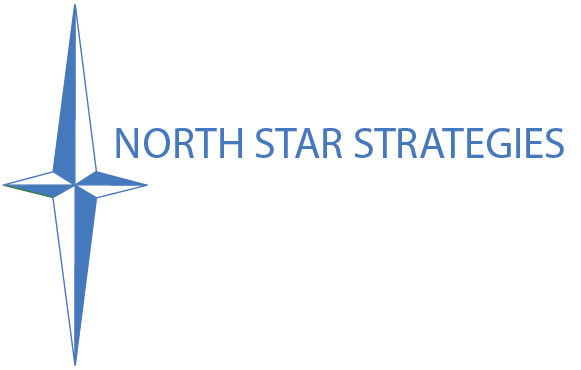According to newly released study, 51% of leaders “state ‘ongoing uncertainty’ is the most difficult aspect of the current environment. Leaders are worried about the impact on their employees, disruptions to their supply chains, and how to manage cash flow. But they are not without a sense of resilience.”* Based on my anecdotal conversations with clients, friends and family members indicate that leaders in other types of organizations share these feelings, not just the middle market managers who responded to this survey.
We make decisions in the face of uncertainty all the time, but it can seem much more difficult when the potential future scenarios may be radically different from today. Royal Dutch Shell oil company has spent decades refining the process of scenario planning, and their process has been used famously for the Oil Crisis in the 1970’s, dismantling South Africa’s apartheid system and climate change planning for the next several decades. Sascha Meinert, of the Institute for Prospective Analyses in Berlin, published a “Field Manual for Scenario Building” that describes the Shell Oil process in a number of easy to apply steps. At North Star Strategies we have adapted these steps with an increased focus on getting to an action roadmap in a way that can be done in a series of meetings or in a single workshop format. I wanted to share the steps here so your organization could do it on your own or with the help of an external facilitator.
Rapid Recovery Scenario Planning:
- Step 1: Identify the broad topic and time horizon for planning, i.e. scope.
- Step 2: Use familiar SWOT analysis as a brainstorming technique that surfaces and groups assumptions around what is known/certain and what is unknown/uncertain.
- Step 3: Conduct in depth, structured interviews to listen while each leader explores potential scenarios that they are considering, or being kept awake at night by, as well as thoughts that were triggered in the brainstorming session. (This step isn’t included in the workshop version.)
- Step 4: Use visioning techniques to develop stories around potential scenarios that are internally consistent. This key step can be difficult for people in practice without an experienced facilitator.
- Step 5: Work with the leadership team to reduce potential scenarios to a few plausible, relevant scenarios and build them out further with imagination and story.
- Step 6: Identify the significant decisions, the major uncertainties, and the measurable indicators that are relevant to each scenario.
- Step 7: Describe quantitative/financial elements as best as possible to help focus the dialogue and prioritize issues.
- Step 8: Short term action plan with responsibilities and milestone/event-based timing. This action roadmap includes short term activities and a high level, longer term Plan A or Plan B structure.
One pitfall that often occurs when developing scenarios is to default to a best case, worst case and “Goldilocks” scenario. This type of scenario planning works fine in normal times when past assumptions can be reasonably projected forward. In times of massive disruption as we are currently experiencing, however, it can provide a false sense of security and over-confidence.
You can reach out to me at tmorgan@north-star-strategies.com if you’d like to learn more about how to use this process in your organization.
*The survey referenced can be found at: https://www.middlemarketcenter.org/middle-market-research-reports-full-research/coronavirus-pandemic-and-middle-market-companies
